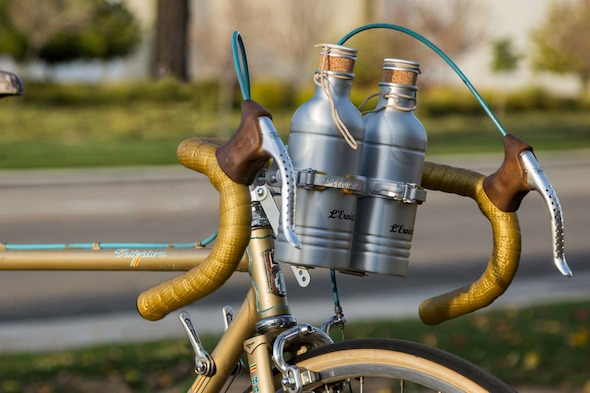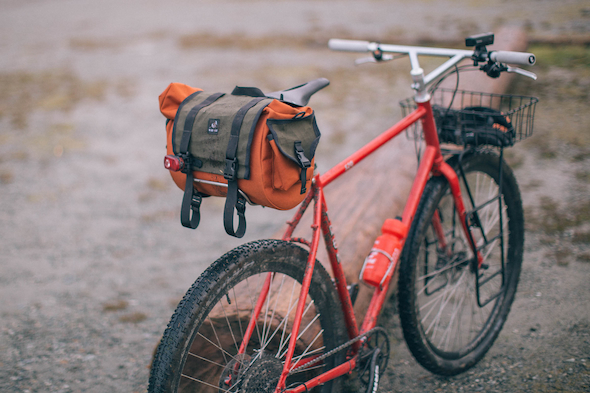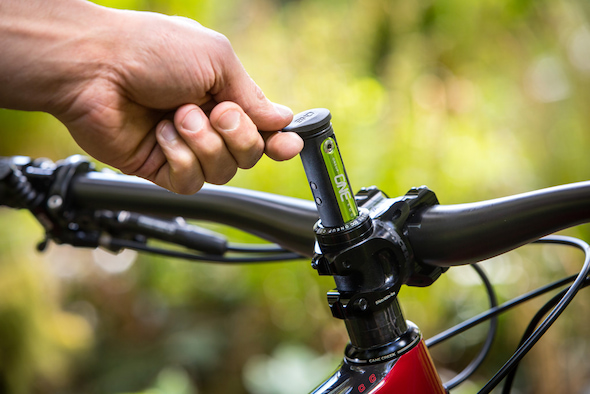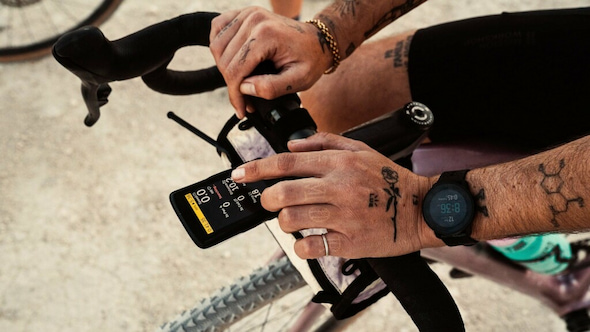The explosion of cycling is one of the few positives to come out of the global pandemic. Bike sales have never been higher, and even older bikes locked up in the garage are seeing renewed love. There are also more bike lanes and dedicated trails. And the range of bikes is expanding, catering to different cyclists.
If you’re new to the cycling scene, you’ll be spending most of your hard-earned cash on the bike itself. But once you start with regular rides, you soon realise that a few necessary bike accessories will get you riding further and faster. And while additions can have you digging deep in your wallet, not every bike accessory is restrictively expensive. In fact, most of the items listed below will cost less than the pint of beer that you’ll down in a few seconds after your first century ride.
1) Bottles and Bottle Cages
If you’re intent on getting more than a few kilometres and redrawing those embarrassing love handles into 6-pack abs, then staying hydrated is key. Bottle cages come in a variety of materials, from cheap plastics and aluminium to exotic carbon fibre that looks good on a bike frame of the same materials. But for most riders, something sturdy and well-built, and which will keep the bottle put under different terrain is more than enough. Longer rides mean you’ll be fitting one cage to the down tube and another to the seat tube.
Bottles need to fit snugly into cages, be easy to squeeze to get a decent gulp of the goodness inside and be textured to avoid slipping out of the hands. The neck should be wide enough when mixing different ingredients, and nozzle caps easily opened and closed with one hand. To make the most of the rides, find a bottle bike accessory with a high-flow twist valve and in the right size. Most are insulated to keep drinks cooler for longer rides.
2) Bags and Luggage
Bags need to pack all the things you take with you on the ride. This can be spares, tools, cash, keys, wallets, some extra bites, or a few pieces of clothing. And depending on the type of bike and how far you’ll be riding, there are bags to suit every occasion. Smaller saddle bags move the essentials out of your jersey pockets and into a waterproof enclosure that sits snug with the saddle and seat post.
They’re tied down with reliable Velcro straps. Most of these accessories for bicycle have internal pockets for things like keys and phones, and additional straps to attach a pump or rear light. Bigger backpacks are meant for shorter, leisurely rides (think commuting to and from work or the gym) and are a must if you’re carrying more gear.
They come in different sizes (10 to 60 litres), have a lot of internal compartments to organise your stuff, and have waterproof outers to keep everything protected and dry. Look for a backpack that is lightweight, has sufficient padding in the shoulder straps, mesh side pockets for quick access, and if you’re a mountain biker then a dedicated place for a hydration pack would do as well.
Panniers and handlebar bags are more about touring and bike-packing. Rear pannier bags clip onto a fitted rack, have ample space for all daily essentials, and move the excess weight away from your shoulders. Handlebar bags are designed to fit different handlebar styles and offer quick access to important items, like phones and wallets. All bags will have reflective sections to increase visibility.
3) Pumps, Spare Tubes and Multitools
You’ll have a flat or puncture sooner than later and almost every newbie learns this the hard way. A simple mini pump, either fitted to the frame or sitting in a saddle bag inflates tyres when riding. Of course, you’ll want a multitool and tyre lever to get the punctures out of the way and inflate the spare. Full-sized floor pumps are what you’ll use before every ride to get tyres to the right pressure. Make sure that the pump fits the valves your tyres come with.
Multitools can fix simple mechanical problems and are small enough to fit in saddle bags. They have a range of screwdrivers and hex heads as well as a spoke wrench and tyre vale tool. These should sort most issues when out riding.
4) Front and Rear Lights
A light is a bike accessory that’s often overlooked. The purpose of lights is to both see and be seen. So, they are about visibility as well as safety. The front lights attach to the handlebars, offer a wide beam spread at decent distances, and are powered by internal and rechargeable Lithium batteries with enough juice for a long day ride.
Most have adjustable brightness levels to suit the setting or conserve energy. Rear lights go on seat posts or racks. You’ll find smaller and lightweight lights to suit road bikes, and larger and more powerful lights to light up any trail fitted to your mountain bike. Observe brightness levels in lumens, secure and adjustable mounting options and a light that is simple to use.
5) Bike Computers
If you’re serious about improving your fitness, and how you progress from the day you got the bike, there’s a wide selection of electronics that help you with your intentions. Even the cheapest bike computers will record trip metrics, like average and maximum speed, distance covered and elapsed time. Step up to full GPS-equipped computers for live routing and navigation, and all the trip and health parameters provided in a comprehensive yet customisable ecosystem. The same companies sell sensor-based heart rate monitors, sensors that monitor pedalling cadence as well as fully featured smartwatches.
6) Lube and Bike Maintenance
Lastly, consider lubing accessories for bike since the chain needs to be maintained once every week or 200 kilometres to prevent premature wear and protect groupset parts. Dry lube is used in dry and warm conditions (think summer months), and does a good job at resisting the buildup of grime, road spray and dust. Wet lube is for colder and rainy months, but will collect more of the nasties. Both types are bike specific, so don’t skimp with other oils. Lube is also used on cables and levers. Related products here are degreasers and chain cleaners.
Cleaning your bike should become routine. This is not only for good looks, but reduces friction between moving parts, so it also affects performance. Water-resistant wax creates a protective shield and should be applied with soft microfibre towels or silica-based wipes. General-purpose cleaning products also do a decent job at removing contaminants and are followed up by a good hosing-down.
Of course, there are dozens of notable mentions, that you may or may not need. Mudguards are rarely seen on road bikes but are an absolute necessity on a mountain bike. Locks keep your bike secure and stands help with maintenance and storage. These all are inexpensive. Pricier accessories, like different trainers, work well indoors and are reserved for serious cyclists.




